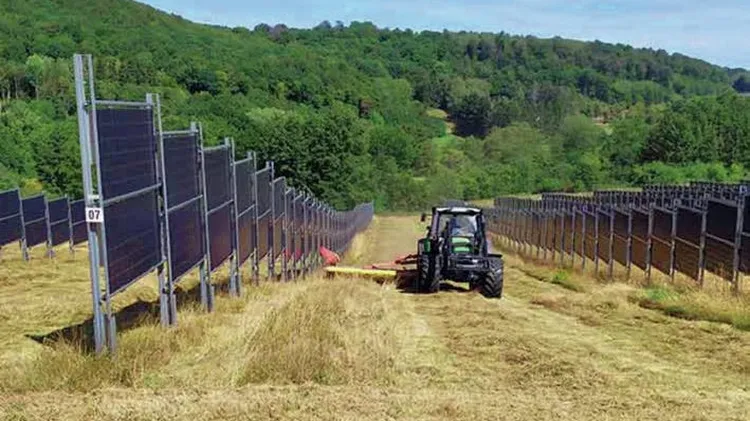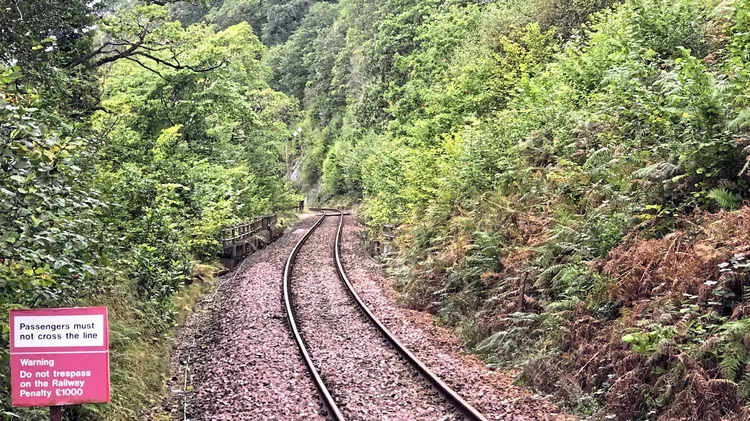“How far are we willing to go for the sake of convenience?”
Gillian burke
2 min read
This article is from...
Read this article and 8000+ more magazines and newspapers on Readly






